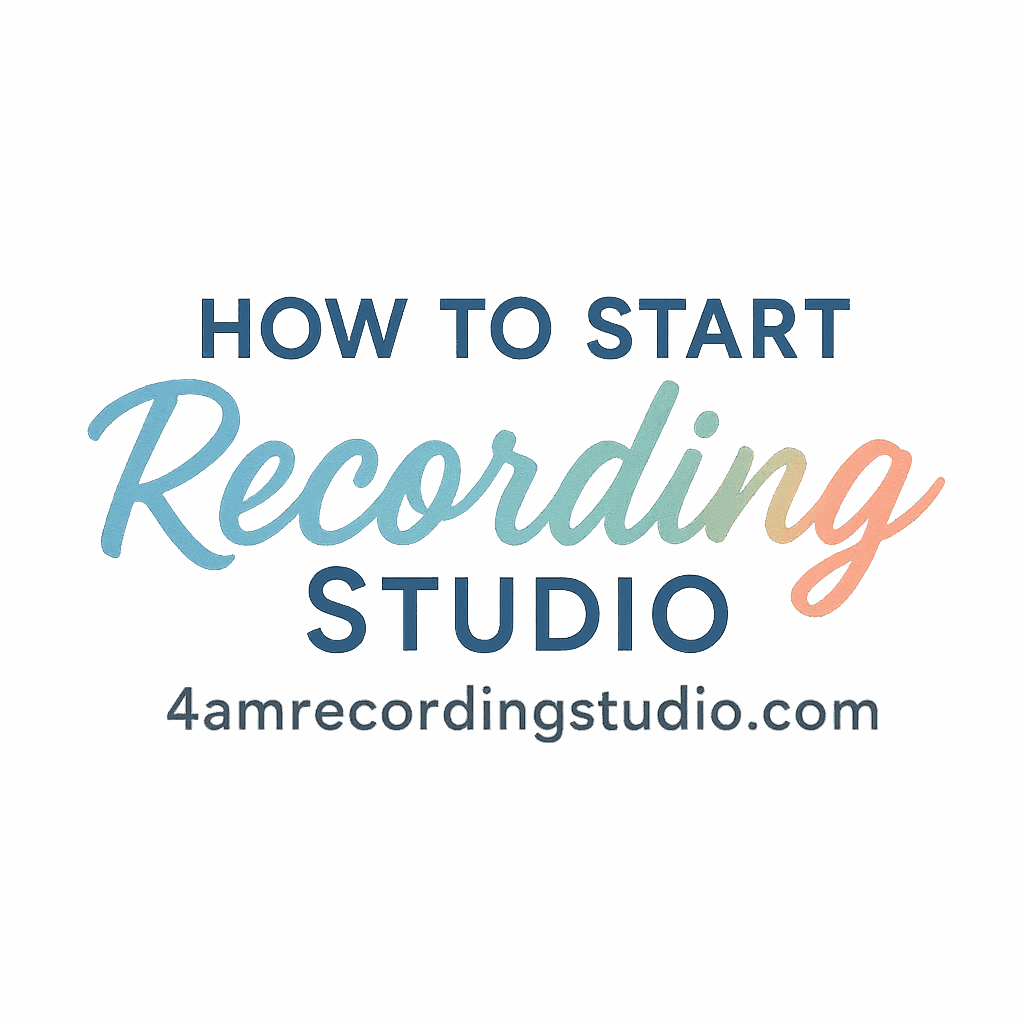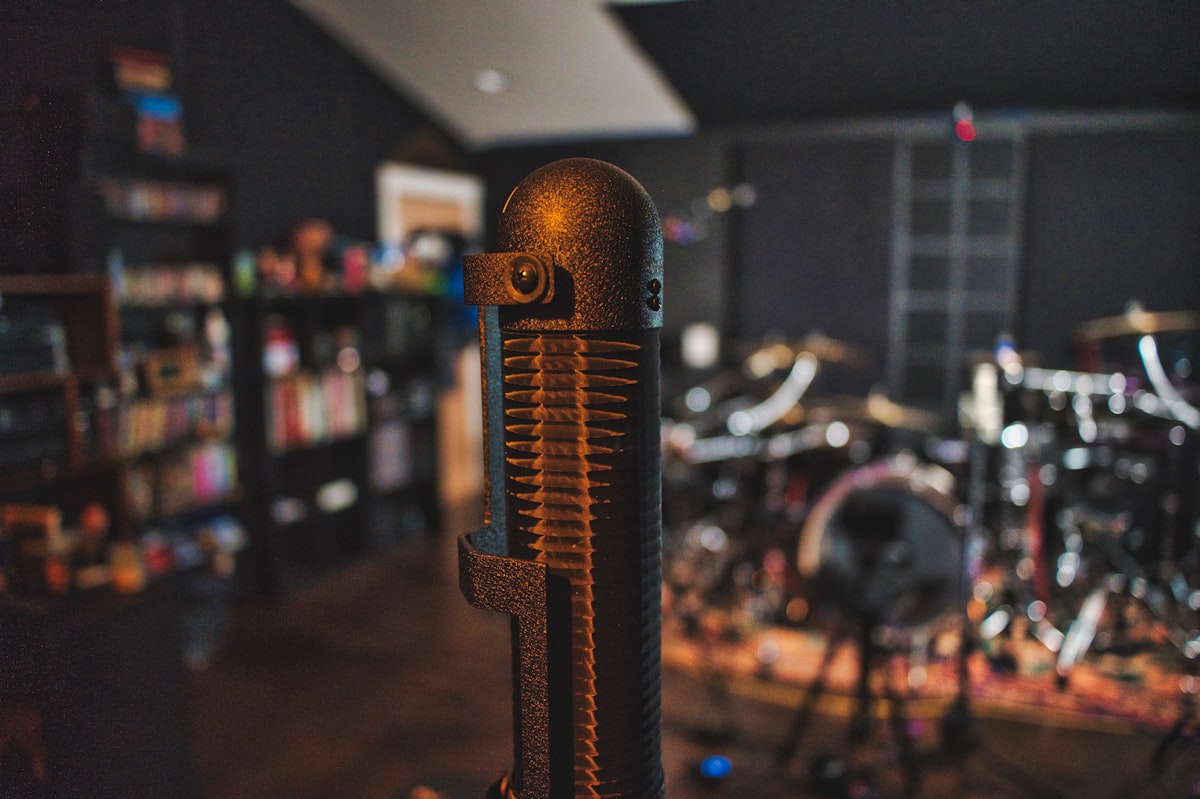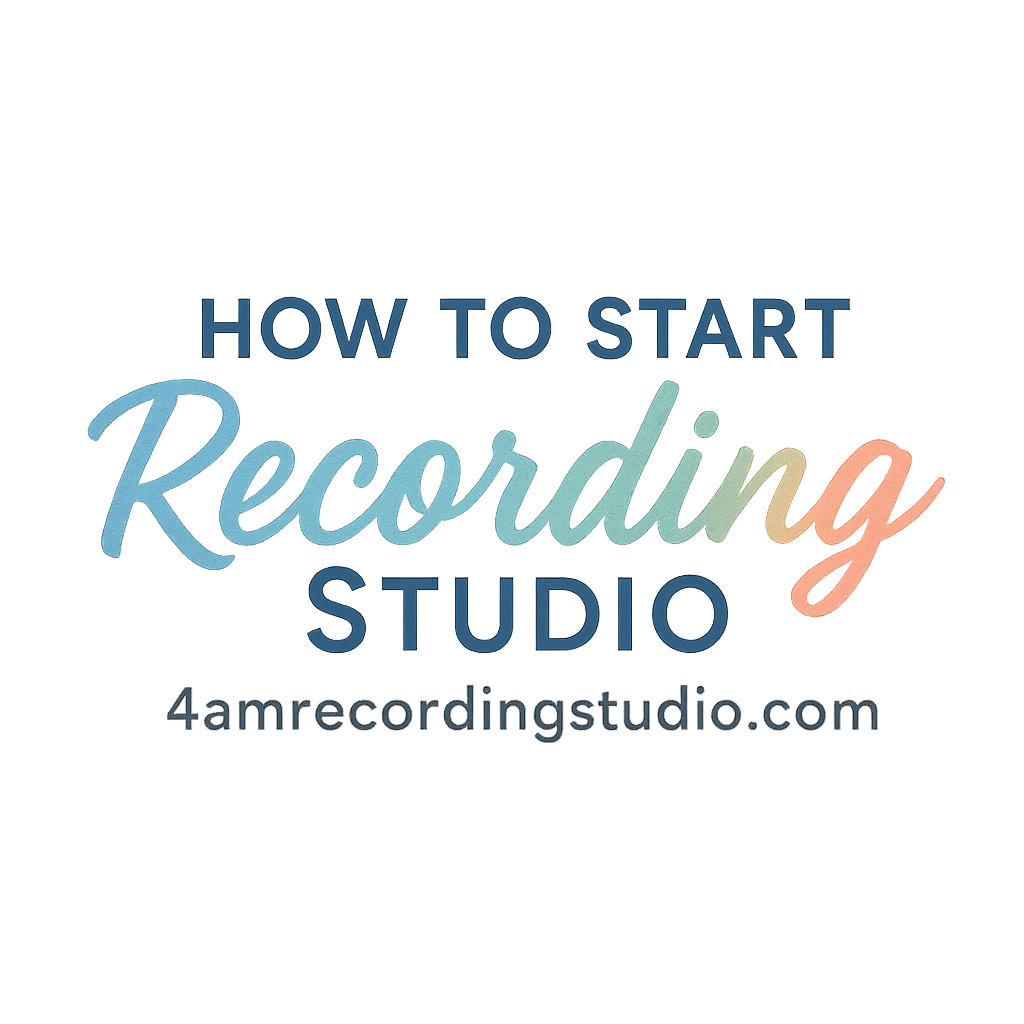Introduction
So, you’ve got the dream—building your very own recording studio—but your wallet’s giving you the side-eye? Don’t sweat it. Starting a recording studio on a budget is not only possible, it’s something many successful engineers and producers have done. You just need the right mix of planning, DIY hacks, and savvy spending. This guide will walk you through 7 budget tips for starting a recording studio that won’t break the bank—but will set you up to make serious noise (literally and professionally).
And while you’re on this journey, bookmark 4amrecordingstudio.com for tools, tips, and everything studio-related.
Tip 1: Start With a Solid Plan
Why Planning is Key
Before you even think about buying a mic or setting up soundproof foam, you need a blueprint. Why? Because building a studio without a plan is like recording a track without a metronome—chaotic and expensive.
Crafting a business and setup plan helps you:
- Avoid unnecessary gear purchases
- Budget realistically
- Define your studio’s purpose (podcast? music? both?)
A great place to dive into planning is Recording Studio Business Planning. You’ll find step-by-step guides to map out your studio vision, business model, and budget.
Free & Low-Cost Planning Tools
Here are a few budget-friendly tools to help you map things out:
- Trello or Notion for task management
- Google Sheets for budgeting
- RoomSketcher to design your studio layout
- Canva for branding ideas
Tip 2: Choose the Right Space
Home Studio vs. Rental Studio
You might be dreaming of a fancy loft downtown with neon lights and infinite gear, but renting commercial space can drain your bank account faster than plugins load in a buggy DAW.
For most beginners, a home studio is the smartest move. It offers:
- Full creative control
- Zero rent
- Easy scheduling
Check out the Recording Studio Setup Basics article for more insights on creating a home-friendly studio.
Optimizing Small Spaces
A bedroom corner, closet, or spare room can become a pro-level space with some creative planning. Use:
- Rugs and curtains for sound absorption
- Bookshelves to break up sound reflections
- DIY gobos (portable sound panels)
Tip 3: Prioritize Essential Equipment
Budget-Friendly Gear Recommendations
It’s tempting to go gear-crazy, but trust us: focus on the essentials. Here’s what you truly need:
- Audio Interface: Focusrite Scarlett 2i2 or Behringer UMC22
- Microphone: Audio-Technica AT2020 or Rode NT1
- Headphones: Audio-Technica ATH-M40x
- Studio Monitors: JBL 305P MkII (if budget allows)
Explore the Recording Studio Equipment Tools page for an in-depth guide on gear options for every budget.
Used vs. New Gear
Don’t sleep on used gear. Sites like Reverb, Craigslist, and local music stores often have gently used gear at 40-60% off retail.
Pro tip: Always test before buying and check return policies.

Tip 4: Leverage Free & Affordable Software
Free DAWs and Plugins Worth Using
You don’t need to drop $600 on Pro Tools to get started. These DAWs are perfect for beginners and tight budgets:
- Cakewalk by BandLab (Free and full-featured)
- Tracktion Waveform Free
- Audacity (Great for podcasts)
Free plugins worth exploring:
- TDR Nova (dynamic EQ)
- Valhalla Supermassive (reverb/delay)
- Voxengo Span (spectrum analyzer)
When to Upgrade Software
Once you start charging clients or need advanced features, consider upgrading. Just remember: tools are only as good as your skills. Don’t pay for bells and whistles you’re not using.
Tip 5: Learn DIY Setup and Soundproofing
Cheap Acoustic Treatment Hacks
You don’t need a studio foam wall. Here are cheap tricks:
- Use rockwool panels covered in fabric for absorption
- Place thick rugs or blankets on reflective surfaces
- Stack bookshelves unevenly to scatter sound
Soundproofing on a Budget
To reduce noise:
- Seal doors and windows with weather stripping
- Use door draft stoppers
- Build DIY bass traps with mineral wool
More in-depth ideas can be found in the Recording Studio Setup Basics guide.
Tip 6: Network and Collaborate Smartly
Use Online Communities & Forums
Connections can save you serious cash. Communities like:
- Reddit’s r/WeAreTheMusicMakers
- Gearspace forums
- Discord servers for producers
These are great places to get feedback, trade gear, and even land clients.
Explore the Collaboration and Network tags for more ideas.
Barter Services with Other Musicians
If you’re good at mixing and someone else is a killer vocalist or beatmaker—trade your skills. No money spent, and everyone wins.
Tip 7: Bootstrap Your Marketing Efforts
Free Marketing Tools You Should Know
Even the best studio in the world won’t make money if nobody knows it exists. Use these tools to build awareness:
- Canva for social media graphics
- Mailchimp or Substack to start an email newsletter
- Linktree or Carrd to build a free bio link site
Check out Recording Studio Marketing & Branding for more pro marketing tips.
Build an Email List Early
An email list is your most valuable asset. Start collecting emails from day one. Offer a freebie, like a sample pack or mixing tips PDF, in exchange for signups.
Conclusion
Starting a recording studio on a budget isn’t just a dream—it’s a plan waiting to be executed. By following these 7 budget tips for starting a recording studio, you’re laying the foundation for a sustainable, creative, and income-generating space. Keep it simple, stay focused, and remember: it’s not about how much you spend—it’s about how smart you spend it.
Explore more resources, guides, and inspiration at 4amrecordingstudio.com.
FAQs
1. What’s the absolute minimum I need to start a studio?
A decent mic, audio interface, headphones, and a laptop with free DAW software will do to get started.
2. Can I really make money with a home studio?
Absolutely! Many producers start at home. Focus on quality, consistency, and branding.
3. How do I attract clients without spending money?
Use word-of-mouth, social media, and email marketing to get the word out.
4. Are budget gear brands reliable?
Brands like Behringer, Focusrite, and Presonus offer solid options for beginners.
5. Should I buy used recording gear?
Yes—just verify the condition, check for warranties, and buy from trusted sellers.
6. How important is room treatment?
Very. Even the best mic won’t sound great in a bad room. DIY treatment can go a long way.
7. Where can I find help managing the business side?
Head over to Recording Studio Management & Growth for tips on scheduling, pricing, and income streams.


